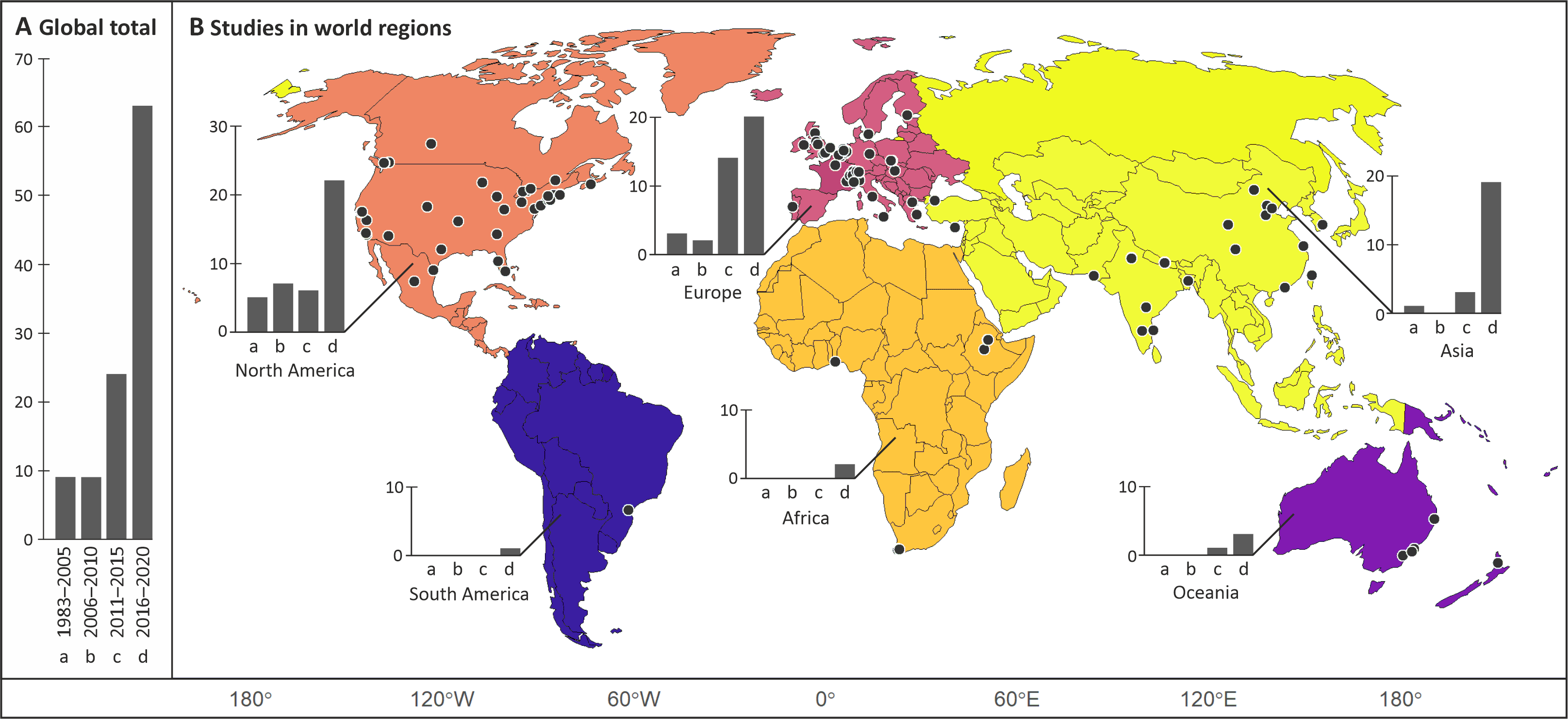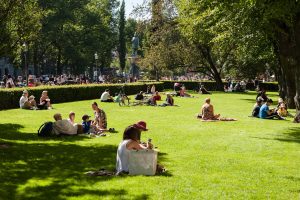Age Poom, Elias Willberg, Tuuli Toivonen
Our seminal research review paper on environmental exposures during travel is now published in the journal Health & Place! https://doi.org/10.1016/j.healthplace.2021.102584
Urban travel environments exposure people to a range of environmental conditions, such as traffic noise, air pollution or street-level greenery. These exposures may cause both positive and negative health and wellbeing consequences. Knowledge of the dynamics of environmental exposures during travel, and their social and health outcomes would help improve the liveability and sustainability of our cities through evidence-based transport and urban planning.
We conducted a systematic review of the scholarly literature on environmental exposure during travel. We aimed to understand the state of the art of the research field and identify areas for further studies. We identified 104 relevant peer-reviewed journal articles worldwide. The research field is clearly emerging with increasing number of studies published each year. The distribution of the study areas indicates a global bias in the research field towards western cities, where the research tradition is longer. However, last years have witnessed a rapid increase in the number of studies conducted in China and India. A good global coverage of research supports local planning and governance, and better mitigates the risk of environmental health disparities in all parts of the world.





